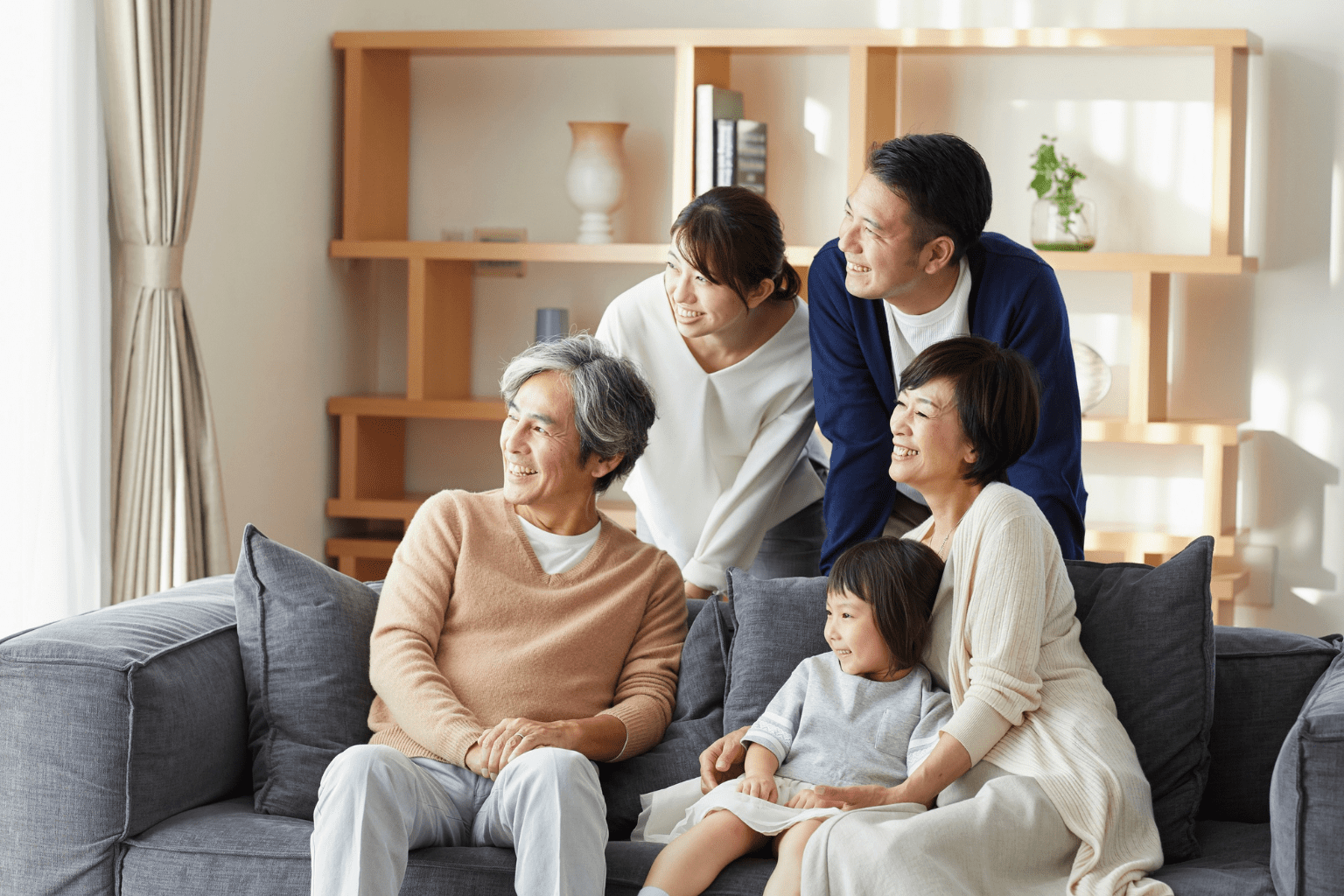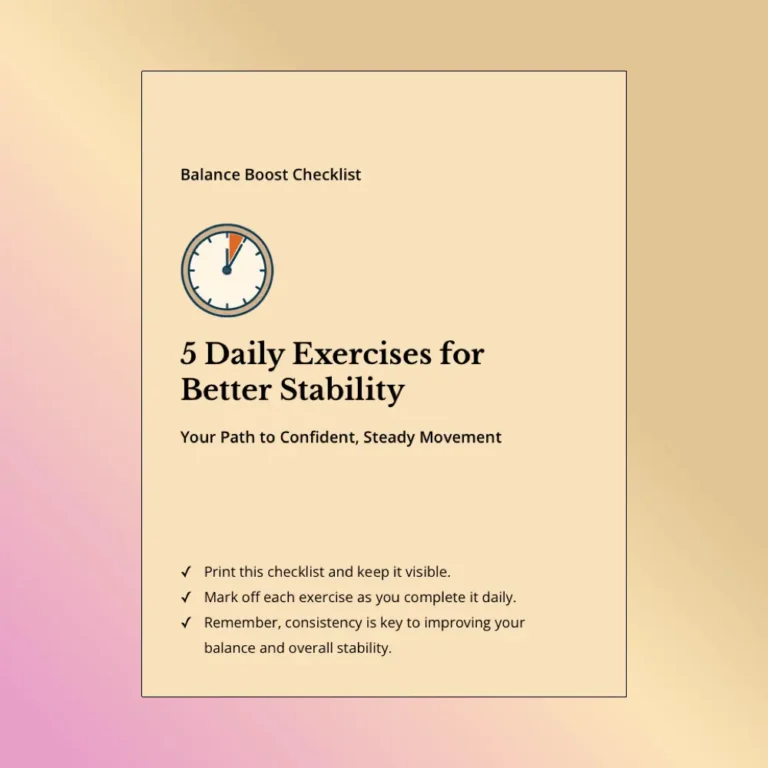
Highlights

Proper lighting isn’t just about aesthetics or functionality; for seniors, it’s a genuine lifeline. As we age, our vision naturally changes, making good lighting crucial for both safety and independence. Poor lighting can turn everyday tasks into challenges and create dangerous situations where falls become more likely. This guide explores practical lighting solutions specifically designed to address senior vision needs while creating a safer home environment.
Getting older brings several predictable changes to our eyesight. Common conditions like cataracts can cause cloudy or hazy vision, while glaucoma might restrict peripheral sight. Macular degeneration affects central vision, making it difficult to recognize faces or read. These vision changes don’t just affect quality of life; they can make routine activities like cooking, reading, or moving around the house genuinely hazardous without proper lighting support. Many seniors experience age-related vision changes that affect depth perception and contrast sensitivity.
Good lighting directly combats many age-related vision difficulties. Lighting design specifically for older adults helps compensate for decreased visual acuity by reducing shadows, minimizing glare, and enhancing contrast. When homes are properly illuminated, seniors can maintain their independence longer and perform daily activities with greater confidence and less strain. Adequate lighting is essential for senior living environments to function safely.
The statistics are sobering: falls rank among the leading causes of injury for seniors, resulting in over 800,000 hospitalizations each year. Inadequate lighting contributes significantly to these accidents, creating shadows that hide trip hazards or making it difficult to judge distances and step heights. Even a minor fall can have serious consequences for an older adult, potentially leading to fractures, head injuries, or a loss of independence. A comprehensive risk assessment to prevent falls should always include an evaluation of home lighting solutions.
Accessibility isn’t just about brightness; it’s about control and ease of use. Switches should be easy to locate and operate, even for those with arthritis or limited mobility. Consider rocker-style switches instead of small toggle switches, or install touch-activated lamps that don’t require fine motor skills to operate. Remote controls or voice-activated systems can also make lighting management much simpler for seniors. The design of senior care facilities often incorporates these principles to ensure safety and independence.
The color of light dramatically affects both visibility and comfort. For living rooms and bedrooms where relaxation is important, warm light (2700K to 3000K) creates a cozy, comfortable atmosphere. This yellowish light feels natural and familiar to most seniors.
Kitchen and bathroom areas benefit from cooler light (3500K to 4100K), which appears whiter and provides better contrast for detailed tasks. This makes reading medication labels, food preparation, and personal grooming easier for seniors. Extremely cool or bluish lights (5000K+) should generally be avoided as they can create harsh glare and discomfort for aging eyes. The right lighting can significantly improve visibility in senior living facilities.
Motion-sensor lights represent one of the most practical innovations for senior safety. These lights activate automatically when they detect movement, eliminating the need to search for light switches in the dark. This is particularly valuable for middle-of-the-night bathroom trips or when entering the house with hands full of groceries. Beyond convenience, these systems reduce the risk of falls that commonly occur when seniors move through dark spaces looking for light switches. Smart lighting solutions provide both convenience and enhanced safety.
Strategic placement maximizes the safety benefits of motion-sensing technology:
Task lighting directly addresses the specific vision challenges seniors face. By providing focused illumination exactly where it’s needed, task lighting reduces eye strain and improves accuracy during detailed activities. Good task lighting can make the difference between safely completing everyday tasks and risking accidents due to poor visibility. Various lighting types should be combined to create the best lighting environment for senior living.
What features should I look for when choosing motion-sensor lights?
Look for motion sensors with adjustable sensitivity settings so you can customize how easily they trigger. Adjustable duration controls let you set how long lights stay on after detecting movement. For nighttime use, choose models with brightness controls or those specifically designed as night lights with softer illumination. Battery-operated options work well in areas without existing wiring, while hardwired versions provide more reliability for frequently used spaces. Smart lighting solutions often include customizable settings for optimal performance.
What are the best lighting color temperature recommendations for different rooms?
Living rooms and bedrooms benefit from warm light (2700K-3000K) that creates a relaxing atmosphere. Kitchens and bathrooms work better with cooler light (3500K-4100K) for better visibility during detailed tasks. Hallways and transitional spaces do well with middle-range temperatures around 3000K-3500K. Consider using adjustable color temperature bulbs in main living areas so the lighting can be adapted for different activities and times of day. Lighting requirements vary by room and should be tailored to specific needs.
How should I position task lighting to avoid creating glare?
Position task lighting to shine on the object or area of focus, not directly into the eyes. For reading, the light should come from behind and over the shoulder. In kitchens, under-cabinet lighting should be positioned toward the back of the cabinet to illuminate the counter without shining into your eyes. Use lampshades or diffusers to soften light and reduce harsh glare. When possible, use multiple lower-intensity light sources rather than a single bright one to minimize shadows and reduce glare. This approach can make it easier for seniors to see clearly without eye strain.
Improving home lighting for seniors isn’t a luxury; it’s a practical necessity that directly impacts safety, independence, and quality of life. The right lighting setup can compensate for many age-related vision changes while significantly reducing fall risks that threaten seniors’ health and independence. According to expert recommendations for safe senior lighting, proper illumination is one of the most cost-effective safety improvements.
Start by assessing your current lighting situation. Look for dark areas, glare problems, and spaces where daily activities might be hampered by poor visibility. Often, simple changes like higher-wattage bulbs or strategically placed lamps can make a dramatic difference. For more comprehensive solutions, consider consulting with a lighting designer who understands senior vision needs.
Remember that lighting needs to change as vision changes, so what worked five years ago might need adjustments now. Regular lighting reviews should become part of home safety assessments, especially after any vision changes or health events. The Illuminating Engineering Society’s guidelines for senior lighting provide excellent technical standards for lighting in nursing homes and assisted living facilities.
Have you noticed dark spots in your home that could benefit from better lighting? Or perhaps you’ve already made some lighting improvements that have helped with daily activities? Small changes can make a big difference in creating a safer, more comfortable environment for aging in place.
For those looking to make immediate improvements, start with high-traffic areas and nighttime pathways. A few well-placed motion sensors along hallways or in bathrooms can dramatically reduce fall risk during nighttime hours. Under-cabinet lighting in the kitchen or a good reading lamp next to a favorite chair can make daily activities not just safer, but more enjoyable too.
The goal isn’t just to add more light; it’s to create the right kind of light in the right places. With thoughtful planning and implementation, better lighting becomes an invisible support system that helps seniors maintain their independence and enjoy their homes safely for years to come. Lighting can make a home safer and more comfortable for aging adults when properly designed and implemented.
